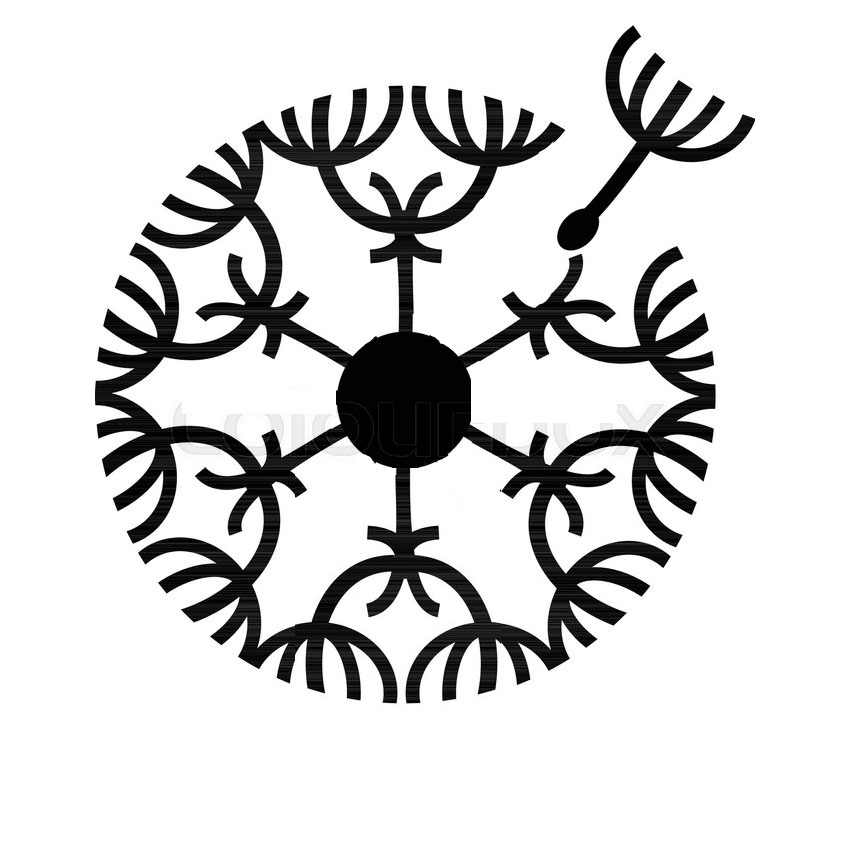Fractal Circles: Unleashing the Power of Collective Intelligence Through Dynamic Fractal Structures
In today’s interconnected world, the ability to harness collective intelligence efficiently and effectively is paramount. Organizations, communities, and even societies grapple with complex challenges that demand innovative solutions. Traditional hierarchical structures often struggle to adapt to the speed and complexity of modern decision-making, leading to bottlenecks, inefficiencies, and a lack of inclusivity. Fractal Circles offers a revolutionary alternative, leveraging the power of dynamic fractal structures to optimize crowd-sourced information gathering, decision-making, and project management.
The core principle behind Fractal Circles lies in its self-similar, decentralized structure. Imagine a complex system, like a tree, where each branch mirrors the overall structure. This self-similarity is the essence of a fractal. In our system, a large group is divided into smaller, self-managing teams of 5-7 individuals. These smaller teams, operating with autonomy and efficiency, discuss, debate, and reach consensus on specific aspects of a larger project or decision. Each team then selects a trusted representative to convey their findings to a higher-level group, composed of representatives from multiple smaller teams. This process repeats, creating a hierarchical yet decentralized structure where information flows efficiently upwards, culminating in a well-informed, collective decision.
This fractal approach offers several key advantages:
- Enhanced Efficiency: By breaking down complex problems into smaller, manageable parts, Fractal Circles significantly accelerates the decision-making process. Smaller teams reach consensus more quickly than large, unwieldy groups.
- Increased Participation: Every member has a voice in the initial stages, fostering a sense of ownership and engagement. This inclusive approach ensures diverse perspectives are considered, leading to more robust and well-rounded decisions.
- Improved Transparency: The hierarchical yet decentralized structure ensures transparency throughout the process. Information flows clearly, and decisions are made with the full knowledge and input of the entire group.
- Resilience and Adaptability: The decentralized nature of Fractal Circles makes it highly resilient to disruptions. If one part of the system fails, the others can continue functioning, ensuring the overall process remains robust. The system is also highly adaptable, easily scaling to accommodate projects of any size.
- Mitigation of Groupthink: The structure actively mitigates the risks of groupthink by encouraging diverse perspectives and independent decision-making at the smaller team level. The hierarchical structure ensures that these diverse perspectives are considered in the final decision.
The application of Fractal Circles extends far beyond the corporate world. It holds immense potential for:
- Community Governance: Empowering citizens to participate more effectively in local decision-making.
- Open-Source Projects: Facilitating efficient collaboration among geographically dispersed developers.
- Large-Scale Projects: Managing complex projects requiring input from numerous stakeholders.
- Scientific Research: Aggregating and analyzing data from diverse sources.
Fractal Circles represents a paradigm shift in how we approach collective intelligence. By harnessing the power of dynamic fractal structures, we can create more efficient, transparent, and inclusive systems for decision-making and project management. This innovative approach holds the key to unlocking the full potential of collaborative efforts, leading to more effective solutions for the challenges facing our world. The future of collaboration is decentralized, efficient, and empowered – it’s the future of Fractal Circles.




Jarmo Nevalainen says:
Hey Mikael. Greetings from Finland. This idea you’re promoting seems very very interesting. Would like to hear more about it in a practical level. Im sure you’re aware of Derric Broze and his promotion of freedomcells freedomcells.org
Idea is almost identical. His idea is based around Samuel E Konkins work and especially on his magnum opus New Libertarian Manifesto.
Broze just realeased a book called How to opt-out technocratic state. There he updates Konkins core ideas on to this day on this level of surveillance we have right now. Haven’t read it yet but its downloadable for free https://theconsciousresistance.com/howto/
I think you and I wold have to have conversations because seems we are on the same road but at the different point. Get back to me and we take it from there
April 14, 2020 — 7:35 am
admin says:
Hi, Thanks! You are welcome to email me on mikael.cromsjo@gmail.com
November 14, 2020 — 2:09 pm